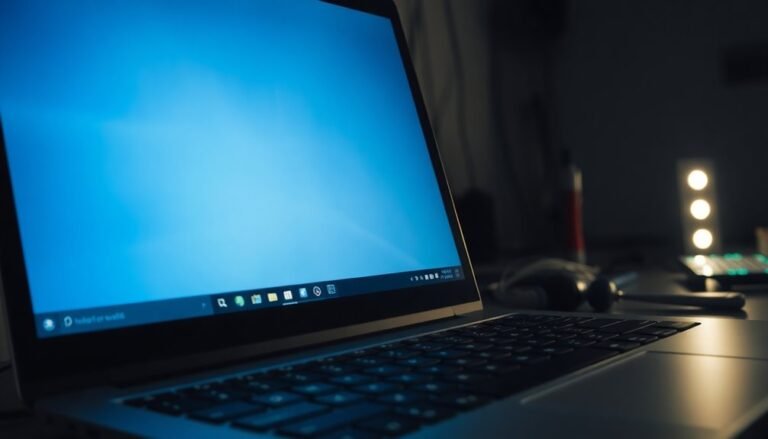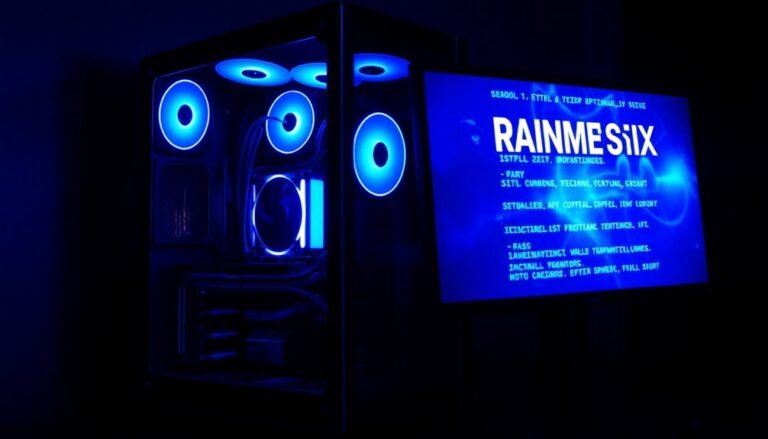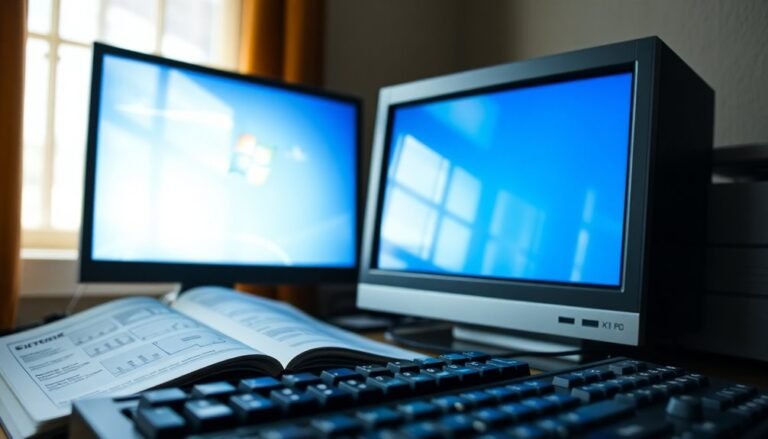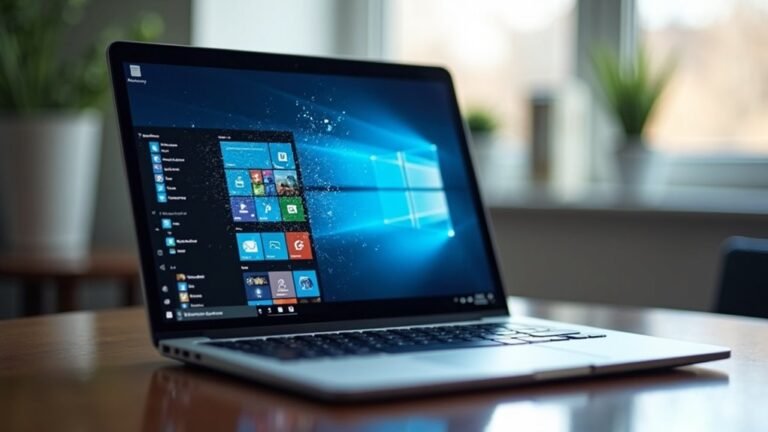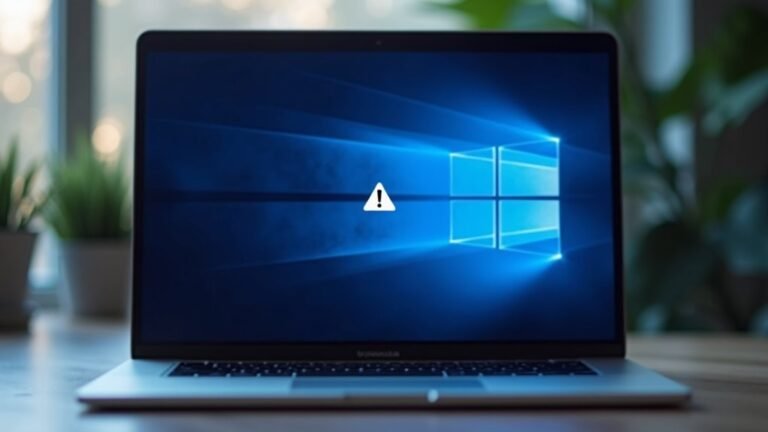Windows Error Virus: Fix Virus-Related System Errors
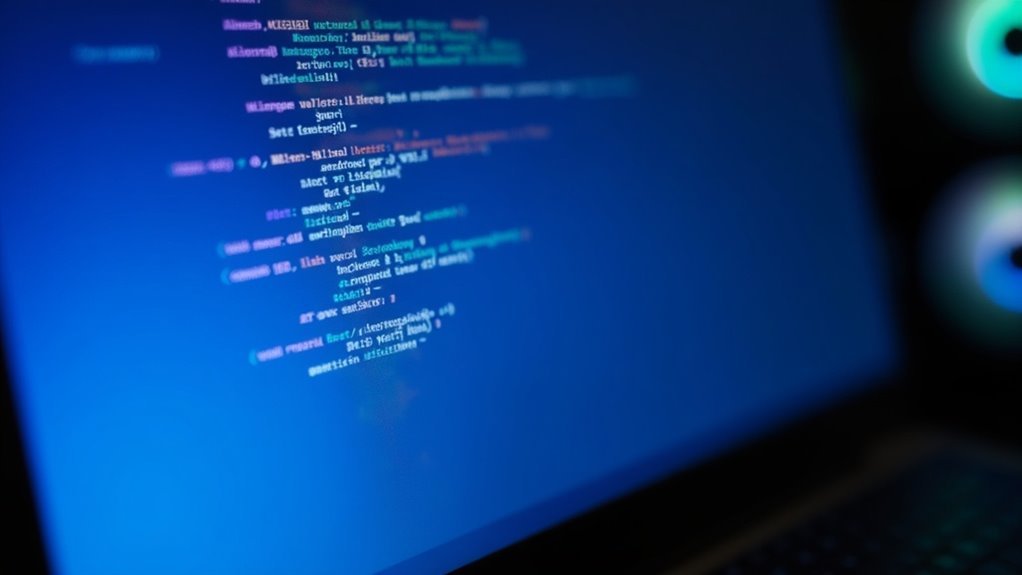
If you’re seeing Windows errors or strange behavior, a virus may be to blame. Disconnect from the internet to prevent further damage.
Back up your important files to ensure they are safe. Then, boot into Safe Mode to limit the virus’s activity.
Run a full system scan using Windows Security. Supplement this with a reputable tool like Malwarebytes for thorough detection.
Remove any threats that are found during the scans. Afterward, reset your browser to clear any malicious settings.
Update Windows and your antivirus software to patch vulnerabilities. Change your passwords to protect your accounts.
Ignoring these signs risks data loss, downtime, and ongoing attacks. Learn how to safeguard your system to prevent future infections.
Common Signs Your Windows System Is Infected
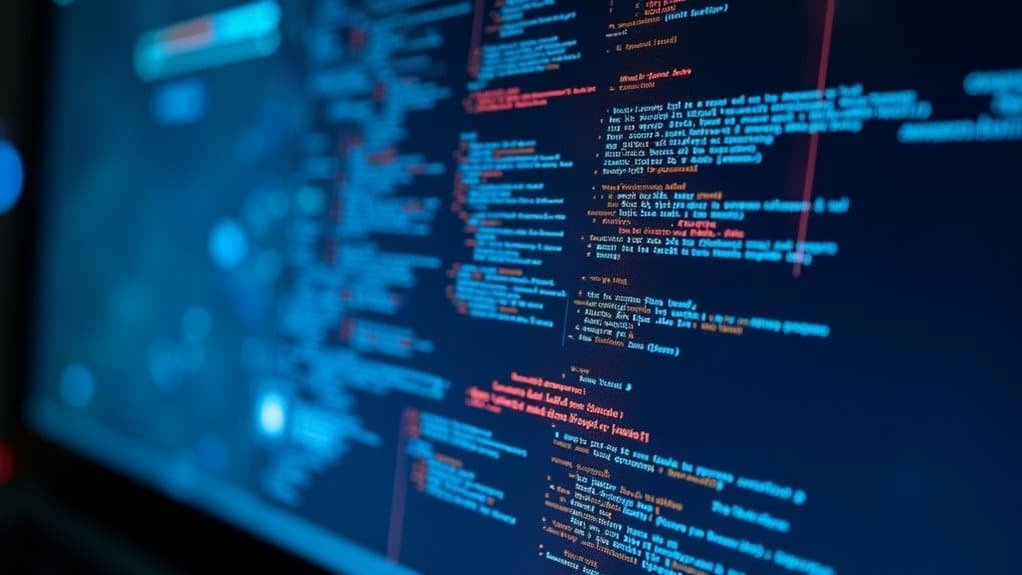
How to Quickly Identify If Your Windows System Is Infected
Wondering how to tell if your Windows PC is infected with malware? Start by monitoring your device’s behavior closely.
If your computer experiences slow startup times, takes longer to load programs, or frequently crashes, freezes, or restarts unexpectedly, these are key warning signs of infection. Excessive hard drive activity and rapid battery drain can also indicate abnormal resource use caused by malware.
Be alert for unexpected pop-up ads, especially those pretending to be virus alerts or promoting unsafe downloads—these are classic signs of a compromised system.
Check your web browser for unfamiliar toolbars, extensions, or changes to your homepage and default search engine without your permission.
If you find yourself locked out of your user account, notice unauthorized password changes, or see your security software disabled, act immediately to secure your PC.
Unexplained network activity, such as sudden spikes in internet usage or automatic sending of emails, may suggest malware is communicating with external servers.
A sudden appearance of unknown programs launching at startup can indicate a virus infiltration that has altered system settings without your consent.
Recognizing these common signs your Windows system is infected helps you take prompt action to protect your data and maintain system performance.
Stay vigilant and run regular malware scans to keep your Windows PC safe.
How Viruses Enter Windows Computers
How Viruses Enter Windows Computers: Key Infection Pathways and Prevention Tips
Understanding how viruses enter Windows computers is crucial for protecting your system from malware attacks. Viruses commonly spread through infected files and programs, especially via email attachments, downloads, or files disguised as legitimate software. Once a virus executes, it can activate immediately or remain dormant before replicating by altering other files on your PC.
Trojan horses and bundled software from unofficial or untrusted sources are common infection vectors that often bypass user caution by appearing safe. Additionally, physical media such as USB drives and external hard disks can introduce viruses, including dangerous boot sector viruses that infect your system before Windows even loads.
Web-based threats are another significant risk. Viruses exploit unpatched browser or software vulnerabilities, meaning that simply visiting a compromised website can result in silent infections. Computer worms, which can spread automatically across networks without requiring user action, also pose a threat to Windows systems, especially in environments with shared resources.
Email and messaging platforms also remain high-risk avenues; opening unexpected attachments or clicking suspicious links can trigger malware infections.
To minimize the risk of virus infections on your Windows computer, stay vigilant about these common entry points. Regularly update your operating system, antivirus software, and installed applications.
Avoid downloading files from untrusted sources, and exercise caution when handling email attachments and external media devices. By understanding how viruses infiltrate Windows PCs, you can better protect your system and maintain optimal security.
Typical System Symptoms Indicating a Virus
Common Virus Symptoms on Windows Computers: How to Detect and Respond
Recognizing common virus symptoms on your Windows PC early can protect your system from serious damage. If your computer suddenly takes much longer to start up or runs applications sluggishly, this slowdown could indicate a virus infection.
Additionally, unusual activity such as a constantly running hard drive or noisy internal fan during idle times often signals malicious software at work.
Other typical signs of a virus include unexpected system crashes, frequent restarts, and programs freezing or becoming unresponsive. You might also encounter random pop-up ads, fake security warnings, or prompts to download suspicious software, even when your browser is closed.
These intrusive pop-ups are often attempts to install more malware or steal personal data.
Access problems like being locked out of your settings or user accounts, unexpected password changes, or the appearance of unknown user profiles are serious red flags.
Furthermore, unexplained browser homepage changes, disabled antivirus software, and unfamiliar desktop icons are additional signs your computer may be infected.
If you notice any of these virus symptoms on your Windows computer, take immediate action by running a full system antivirus scan and updating your security software.
Early detection and response are key to safeguarding your data and maintaining optimal PC performance.
Behavioral Clues That Suggest Malware Presence
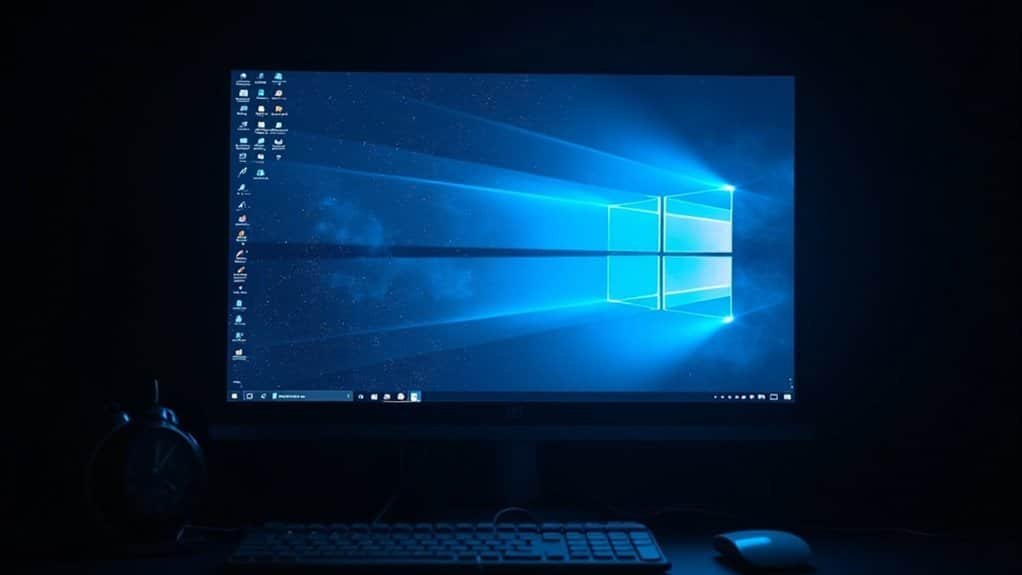
Behavioral Clues That Indicate Malware Presence on Your System
When malware bypasses traditional antivirus software, its presence is often revealed through subtle changes in system behavior rather than obvious alerts. Common signs include system slowdowns, unexpected startup programs, and unfamiliar processes running in Task Manager.
Utilizing advanced behavioral monitoring tools can help detect malware by analyzing real-time activities instead of relying solely on known virus signatures. Here are the top behavioral clues that suggest malware infection:
- Unexpected Automatic Startups: Malware frequently modifies registry keys or creates scheduled tasks to ensure it runs automatically after system reboot.
- Code Injection and Process Masquerading: Be alert if legitimate processes suddenly consume more CPU or memory resources or behave abnormally, as malware may be hiding within these processes.
- Suspicious File and System Changes: Unauthorized file creations, deletions, or modifications—especially in critical system folders—can signal malware activity.
- Unusual Network Activity: Outbound connections to unknown, suspicious, or blacklisted domains often indicate malware trying to communicate with command-and-control servers or exfiltrate data.
Detecting these behavioral patterns early is crucial to prevent further system damage and maintain cybersecurity.
Implementing real-time behavioral monitoring and staying vigilant for these signs can significantly improve malware detection and protection.
Risks and Consequences of Virus Attacks on Windows
Risks and Consequences of Virus Attacks on Windows Systems
Windows virus attacks remain a significant cybersecurity threat, causing severe economic and operational damage worldwide. Despite the robust security features built into Windows, cybercriminals continue to exploit vulnerabilities through ransomware, malware, and other types of viruses. High-profile incidents like the WannaCry ransomware attack disrupted production at major automotive manufacturers and severely impacted healthcare providers, including NHS hospitals in the UK.
The financial consequences of Windows virus attacks are staggering. In 2021 alone, ransomware-related downtime cost U.S. companies approximately $159.4 billion, with cyberattacks increasing in both frequency and severity globally. These attacks often lead to costly downtime, data breaches, and loss of sensitive information, affecting businesses of all sizes.
Data integrity is another critical risk when Windows devices are infected by viruses. Ransomware can encrypt or permanently destroy important files, exposing millions of personal and corporate records each year. Attackers typically use unpatched Windows systems, malicious email attachments, and social engineering techniques to spread malware rapidly, often via executable files.
Additionally, critical system functions—such as medical imaging systems or refrigeration controls—can be disabled, causing major operational disruptions.
No organization or region is immune to these threats, and unmanaged or outdated Windows devices are particularly vulnerable. To protect your Windows systems from virus attacks, it’s essential to implement proactive cybersecurity measures, including regular patching, employee training, advanced threat detection, and comprehensive risk assessments.
Safeguarding your devices not only helps prevent costly downtime but also protects sensitive data and ensures business continuity.
Step-by-Step Guide to Removing Viruses
How to Remove Viruses from Your Windows PC: A Step-by-Step Guide
Even with robust security measures, Windows computers can still get infected with viruses. Quickly and effectively removing malware is crucial to protect your data and restore your system’s health. Follow this comprehensive virus removal guide to clean your PC and prevent future infections:
1. Isolate Your PC and Prepare for Virus Removal:
Start by disconnecting your Windows PC from the internet to prevent the virus from spreading or communicating with attackers.
Back up important files to an external drive or cloud storage.
Then, reboot your computer into Safe Mode, which limits startup programs and makes malware easier to detect and remove.
2. Perform Comprehensive Virus Scans:
Use Windows Security (formerly Windows Defender) to run Quick Scan, Full Scan, or Offline Scan options for detecting viruses and malware.
For enhanced protection, supplement your scans with trusted third-party antivirus and anti-malware tools like Malwarebytes.
You can also use bootable rescue disks to clean deeply embedded threats.
3. Manually Inspect and Remove Threats:
Check Task Manager for unusual processes and disable suspicious startup programs using the System Configuration tool (msconfig).
Search your files and folders for unknown or suspicious files and delete them carefully.
Reset your web browsers to clear unwanted extensions and hijacked settings.
Advanced users can also review and clean registry entries related to malware.
4. Post-Removal Cleanup and Prevention:
After removing viruses, restart your computer normally.
Install all available Windows updates and security patches to close vulnerabilities.
Change passwords for your accounts, especially if you suspect credentials were compromised.
Finally, run a full system scan to ensure your PC is virus-free.
If malware persists or your system remains unstable, consider performing a full Windows reset or clean reinstall.
By following these virus removal steps, you can safeguard your Windows PC from infections and maintain optimal performance.
Regularly update your antivirus software and practice safe browsing habits to reduce the risk of future virus attacks.
Preventive Measures to Protect Your Windows PC
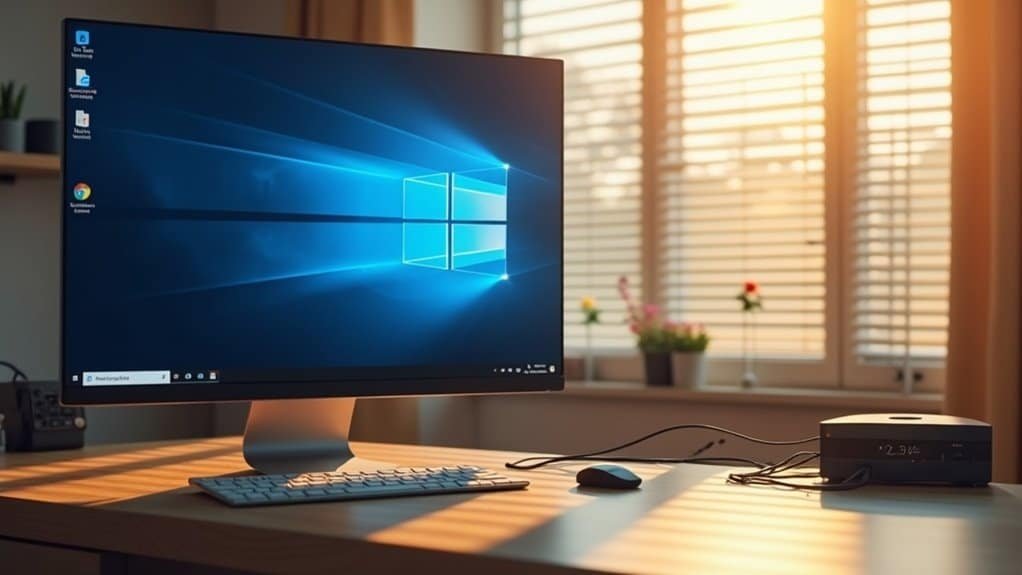
Top Preventive Measures to Protect Your Windows PC from Viruses and Cyber Attacks
Protecting your Windows PC from viruses and cyber threats starts with proactive security measures. Enhance your system’s defenses by enabling Exploit Protection and Core Isolation within Windows Security to block exploit attempts and isolate critical system processes from malware.
Keep Windows Defender enabled and configure Attack Surface Reduction rules alongside Microsoft’s recommended security baselines for comprehensive protection.
Use strong, unique passwords stored in a reliable password manager, and activate Multi-Factor Authentication (MFA) on all your accounts to add an extra layer of security.
Implement strict account lockout policies to prevent brute-force attacks, and control user access by managing permissions through user groups, especially to limit remote access.
Ensure your Windows operating system, antivirus software, and all applications receive automatic updates to quickly patch vulnerabilities. Regularly update your antivirus definitions and restart your PC after installing updates to close security gaps.
Protect your network with software and hardware firewalls, secure your Wi-Fi using WPA3 encryption, and avoid public Wi-Fi when handling sensitive data—use a trusted VPN when necessary.
Additionally, utilize Virtualization-Based Security features to isolate sensitive workloads and further strengthen your Windows PC against cyber threats.
Following these essential preventive steps will help keep your Windows computer secure and running smoothly.
Frequently Asked Questions
Can a Virus Infection Damage Hardware Components in My Windows PC?
A virus rarely causes direct hardware damage, but it can corrupt BIOS firmware, overheat components, or wear down moving parts. You should use strong security software, update firmware, and back up data to minimize risks and recover quickly.
How Do I Recover Encrypted Files After a Ransomware Attack?
Picture your files locked behind steel doors—restore them by using clean, offline backups first. Don’t pay the ransom; it’s risky and often fails. Test backups regularly and update your recovery plan to prevent future data loss.
Will Reinstalling Windows Remove All Viruses From My Computer?
Reinstalling Windows usually removes most viruses from your system partition, but it won’t catch malware hiding on other drives or in firmware. Scan all drives before and after reinstalling, and always back up clean files first.
Are Paid Antivirus Programs More Effective Than Free Ones?
Yes, you’ll usually get stronger protection with paid antivirus programs than free ones. They offer advanced features, faster updates, and better support, reducing risks from sophisticated threats and zero-day attacks, making them a safer solution overall.
Can System Restore Points Be Infected by Malware?
Yes, system restore points can harbor malware if you create them while your system’s infected. Relying solely on System Restore won’t guarantee virus removal—always combine it with thorough antivirus scans and delete old restore points after cleanup.
Conclusion
Picture your Windows PC as a fortress—strong, but always vulnerable to clever invaders. If you spot any suspicious flickers or sluggishness, act swiftly: scan, remove, and patch those gaps. Ignoring the subtle hints of infection is like leaving your doors wide open to risk. With vigilance, updated defenses, and smart habits, you’ll keep malware at bay and guarantee your system runs smoothly, securely, and ready for whatever challenges come next.
